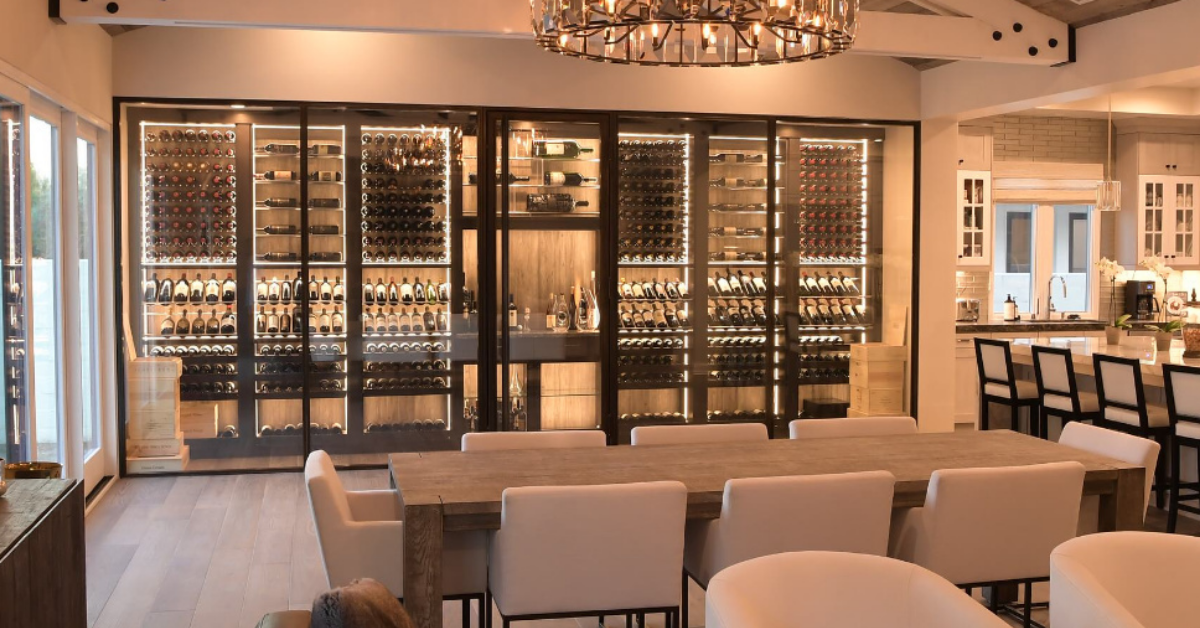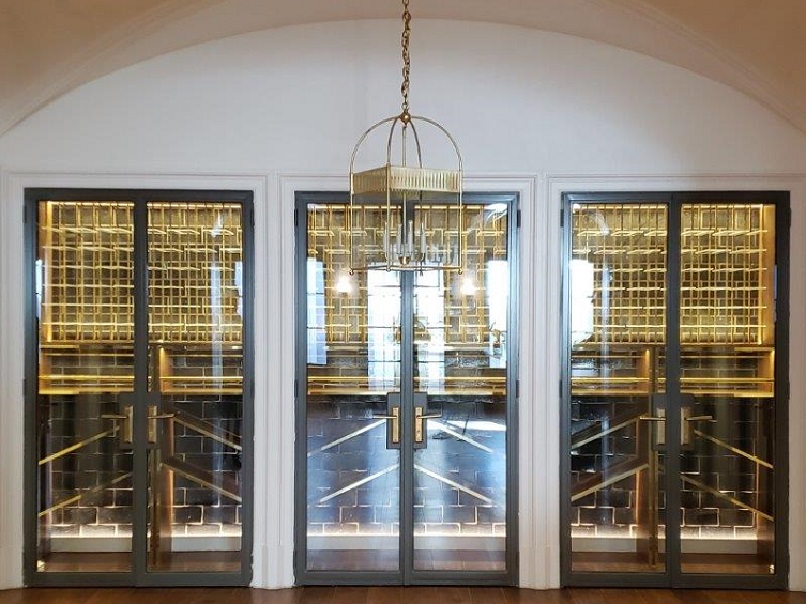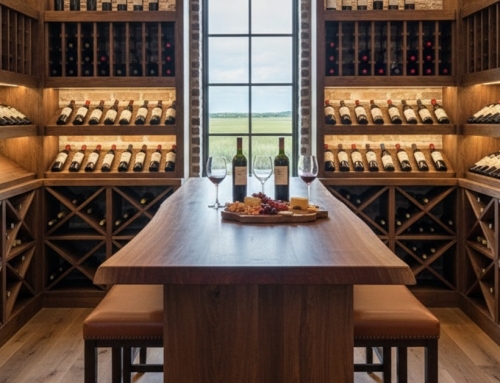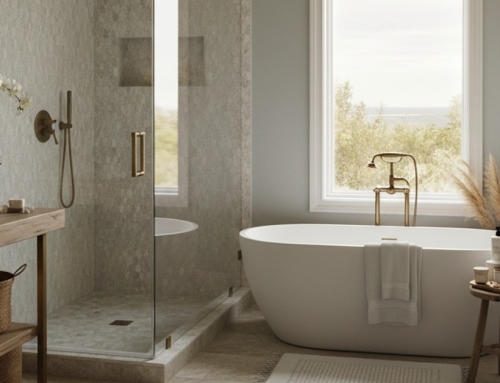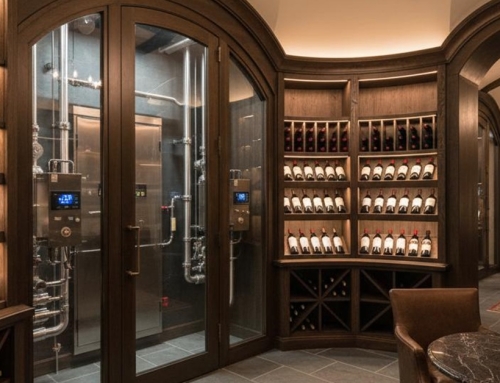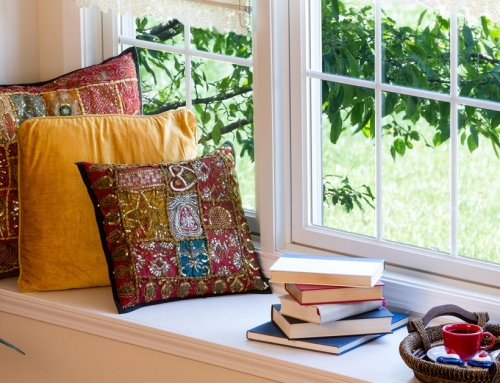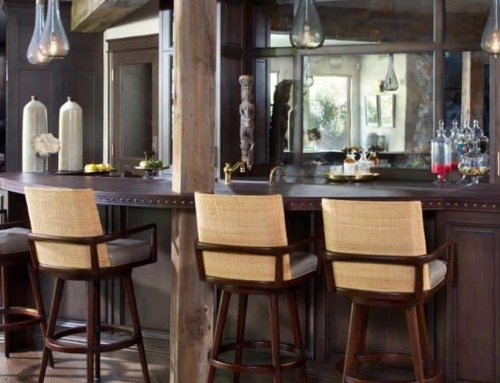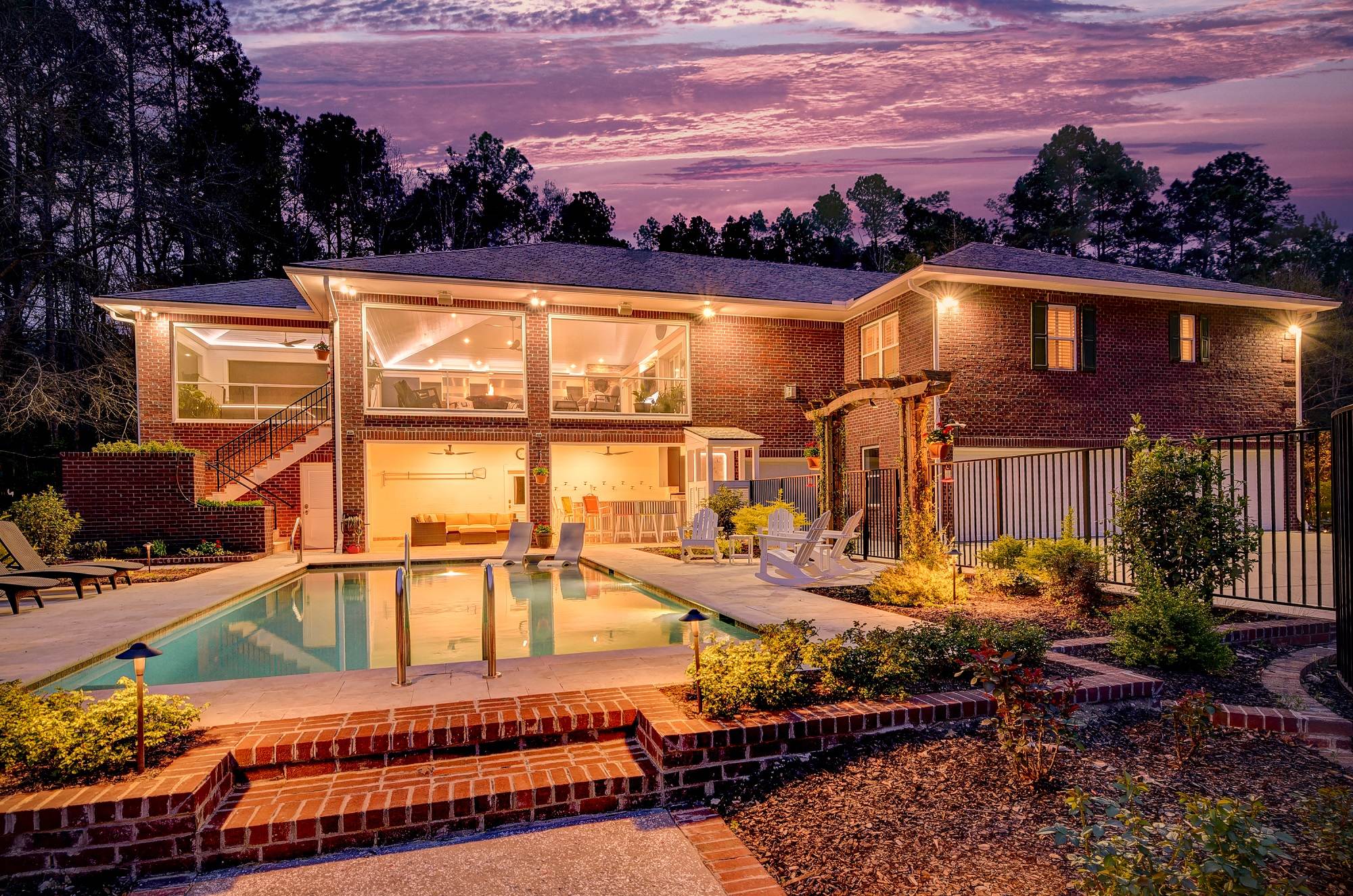When Americans went for wine, we were following the wisdom of cultures that came before us. The only surprising thing is how recently we caught on. At least that’s the way it seems. We think of the 1970s as the time when wine drinking became an American custom, but in fact, wines were being produced in in North America as early as the 1560s, and we see the first California winery in 1769. Many of our famous Founding Fathers were wine aficionados. Thomas Jefferson had his own vineyards at Monticello, and in addition, his ledgers show he imported 400 to 600 bottles a year.
What happened? A couple of big interruptions made wine drinking in America seem to be a more recent development than it really is. The wineries of Europe were devastated in the 1860s by a pest that was accidentally imported there with new varietals – paradoxically from North America. As a result, Europe didn’t have wine to spare for a long while. During the early decades of the 20th century, food crops were the priority for arable land; then Prohibition had its say; and, after WWII, cocktails were the drink of choice in the U.S. for more than 20 years.
When Wine Got Our Attention Again
Gradually, better grapes and better growing practices put wine in the center of the American table again, and when we rediscovered wine, we made up for lost time. Every advantage our ancestors enjoyed – the taste, the harmony with foods, the elegance, and the sociability – made wine a thoroughly American custom again, and a real source of enjoyment in many households.
At first, a casual wine rack on a side table did the trick, but as wine became a social cornerstone and a mealtime accompaniment, people sought better ways to store it, and many Americans became collectors. With typical American originality, we decided that a wine cellar didn’t have to be underground – and didn’t even have to be far from the festivities.
A Welcoming Vision
In many homes today, the wine cellar is a design element. Beyond just a means of storage and access, the wine cellar is a visual cue of warmth and welcome, of gracious hospitality. Wines come out of the back room and into the spotlight with temperature-controlled glass enclosures that might serve as a suggestive room divider or a wall display.
Under a striking stairway, in place of a cupboard, or as a kind of table in itself, the concept of wine-cellar-as-installation enables hosts and hostesses to put their collection or selections where guests can see and anticipate the enjoyment. As an appliance built into a convenient kitchen, the wine cellar goes where the action is, as meals are prepared, and gatherings enjoyed in the heart of the home.
A Guide to Variety
One of our favorite roles as designers is to counsel folks as they take in all the options available as wine cellars today. The variety is so great that the wine cellar becomes one of the home’s characteristics, one of the personal touches that makes a design your own. We are always happy to share the many approaches and styles available, and to help you suit one to your very own style.


